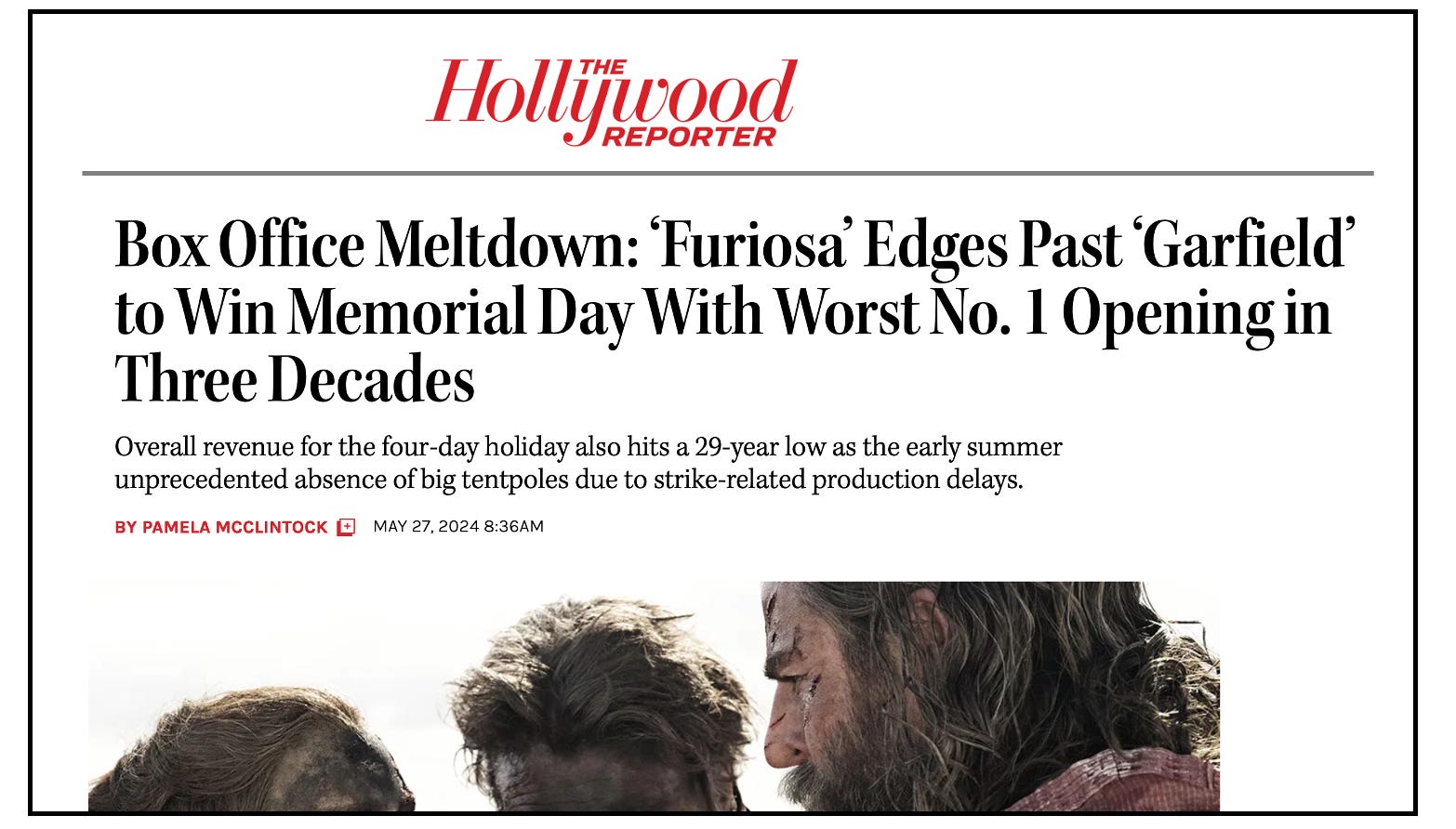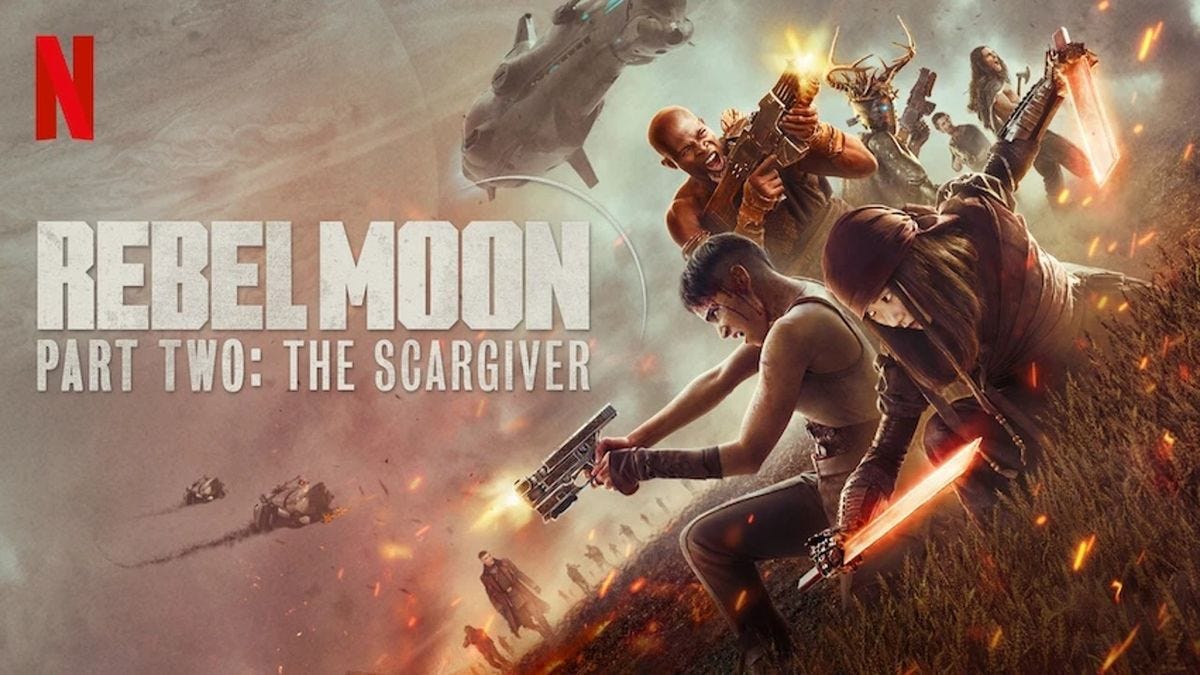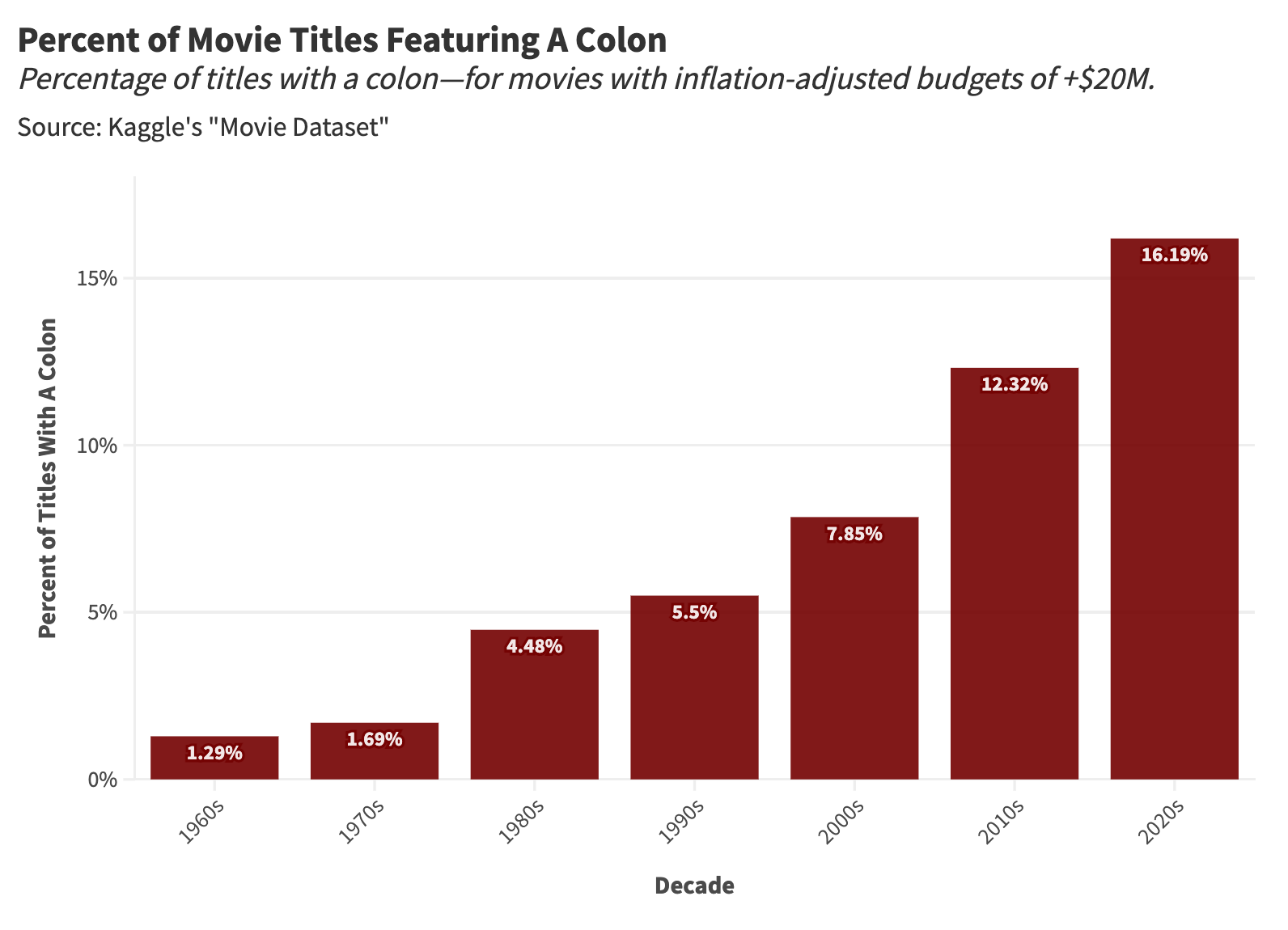I revisit past articles every so often. Ilike to see how trends and issues I’ve highlighted have unfolded. The theme of today’s update is: “The more things change, the more they stay the same.” If you want to support my work, please take out a premium subscription (just $6 per month).Is old music killing new music?When I first looked at this trend in 2022, old music accounted for 69.8% of streaming. I was stunned by that number—it’s not healthy when fans abandon new music—but it’s gotten worse. More recent figures from research group Luminate indicate that old music has now grown to 72.6% of the market. The same trend is now impacting live music. Nostalgia festivals are booming, while more up-to-date events like Coachella are struggling. .
This comes at a cost. The Guardian warns: “There will be no nostalgia in the future if the present is not properly tended to.” Spotify says music costs almost nothing—and then raises subscription prices the next day.Spotify’s CEO needs to get his story straight. I poked gentle fun at Mr. Ek, when he claimed that music costs “close to zero” to make. But then he immediately raises subscription prices in the US. So I guess he means that songs costs “close to zero” for him—but not for us. I have repeatedly predicted price increases for all streaming platforms, most recently during my interview with Rick Beato. Expect to see more of the same. Adobe is selling “Ansel Adams-style” images generated by AIJust last week, I asked: “Is Adobe going to war against photographers?” Four days later, I learned that Adobe has been selling AI-made images in the style of legendary photographer Ansel Adams (1902-1984). (If you bought an original, it could cost $50,000 or more.) This is outrageous behavior from a company long supported by so many photographers, artists, and graphic designers. And it’s one more reminder of how much of the AI business model is built on deception, exploitation, and scams. I know that these huge AI companies are so much more powerful than artists, even famous ones like Ansel Adams. But at some point we need to push back—and aggressively! Crisis in the Macroculture Is Getting WorseLate last year, I predicted that the Microculture will triumph over the Macroculture in 2024. In other words, indie journalism—operating on Substack, YouTube, Patreon, Medium, and other self-directed platforms—will increasingly shape the cultural dialogue, while legacy media struggles for survival. Even before January was over, this forecast got validated in a series of collapses and downsizings at major media outlets. And now we have a gloomy inside picture of life at the Washington Post, from an exposé in Vanity Fair. The executive editor left suddenly, and CEO Will Lewis shared a painful update to the rank and file.
When a staffer insisted that the Post should stand by its core mission—namely to serve readers, Lewis got even more blunt:
This raises the obvious question: If the Washington Post—which won three Pulitzer Prizes this year—can’t hold on to its readers, who can? Meanwhile, many alternative media outlets in the Microculture are growing rapidly. When I recently revisited Rick Beato’s studio for our interview, I noted that he had added more than one million subscribers since my previous visit. That’s because music fans (like everybody else) are increasingly turning to alternative media. Subscriptions here at The Honest Broker grew by more than 100% in 2022 and again in 2023—and are on a path to do the same in 2024. Not every indie outlet expands at that pace, but strong year-on-year numbers are fairly typical in the Microculture. So I’m sticking by my prediction. I expect other legacy outlets will falter, even bedrock institutions in journalism. For example, we might see the end of CBS Evening News—which once boasted 30 million nightly viewers, but today it’s closer to 4 million. CBS now consistently places last in news among the major networks. By the time we get to 2025, the media landscape will be totally transformed. It will be faster, more free-wheeling and independent, and less beholden to advertisers and interest groups. The changes are already happening rapidly. More Evidence of movie brand franchise exhaustionI’ve written about this twice this year (here and here). And the numbers have gotten worse in recent months—the Memorial Day weekend was a total debacle. Culture data analyst Daniel Parris has now responded with an amusing study of long-winded movie title—which he claims is a metric of brand franchise over-extension. Parris found that movie titles are getting longer each decade—especially for adventure and fantasy films. And the number of films with a colon in the title has increased more than tenfold during the last fifty years. Of course, a colon in the title doesn’t mean it won’t be a great film. But I really get worried when a film title has both a colon and a dash. I blame George Lucas, who renamed Star Wars (1977)—short and sweet and tells it complete—as Star Wars: Episode IV—A New Hope. Am I the only moviegoer who gags when I see this? New Evidence on Dopamine Culture Is AlarmingMy “State of the Culture” critique of fast-paced scrolling media is the most widely-read article ever published here. I claimed that major web platforms were deliberately trying to create addictive behavior—with interfaces that give yawea dopamine hits every few seconds. A few weeks after I published my article, Jonathan Haidt released his book The Anxious Generation, which had a similar message—and turned into a surprise bestseller. Haidt shared huge amounts of data linking a collapse in mental health among youngsters to the massive expansion of smartphone usage (which happened around 2010).
Defenders of Big Tech rushed in to defend the dominant social media platforms. They insist that correlation does not prove causation—the exact same argument Big Tobacco used to defend cigarette smoking in the 1950s and early 1960s. That effort failed, as subsequent research made clear that smoking does cause cancer. We are now seeing a similar thing happening with the smartphone debate. Additional research is proving that this problem is real. We now have a systematic review of MRI studies on youngsters who are heavy web users. Drawing on 12 studies, the authors show that excessive Internet use leads to dramatic changes in the brain. Internet Addiction (IA) is real. The researchers describe the symptoms:
Haidt declared victory on social media: “There are now multiple studies showing that a heavily phone-based childhood changes the way the adolescent brain wires up, in many ways including cognitive control and reward valuation.” We still need more research. But we can already see that we’re dealing with actual physiological decline, not just pundits’ opinions. At this point, the debate isn’t over whether this is happening. Instead we now need to gauge the extent of the damage, and find ways of protecting people, especially kids. You're currently a free subscriber to The Honest Broker. For the full experience, upgrade your subscription. |
Search thousands of free JavaScript snippets that you can quickly copy and paste into your web pages. Get free JavaScript tutorials, references, code, menus, calendars, popup windows, games, and much more.
Crisis in the Culture: An Update
Subscribe to:
Post Comments (Atom)
I Quit AeroMedLab
Watch now (2 mins) | Today is my last day at AeroMedLab ͏ ͏ ͏ ͏ ͏ ͏ ͏ ͏ ͏ ͏ ͏ ͏ ...
-
code.gs // 1. Enter sheet name where data is to be written below var SHEET_NAME = "Sheet1" ; // 2. Run > setup // // 3....









No comments:
Post a Comment